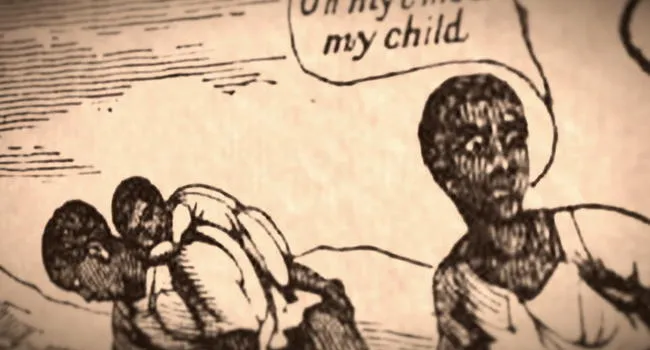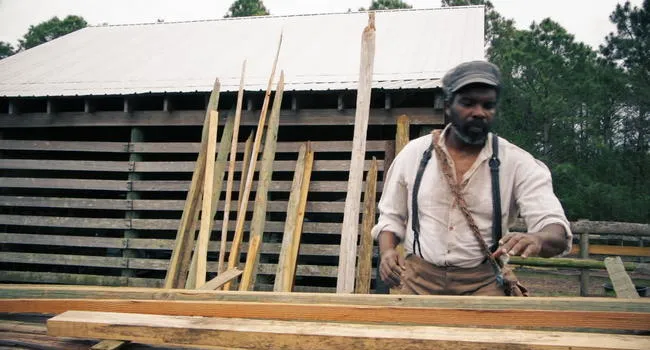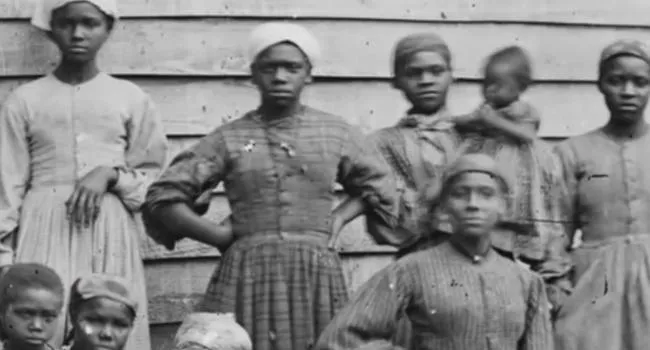Kaltura
The Freedmen’s Bureau had responsibility for every aspect of the lives of formerly enslaved people, and was in charge of land that came under federal control during and after the Civil War. In 1872, Congress shut the Freedmen’s Bureau down, but today Freedmen's Bureau records are a vital resource for anyone seeking information about African-American history in the post-Civil War and Reconstruction eras.
Standards
- 4.5.CO Compare the roles of various groups on Reconstruction.
- This indicator was developed to encourage inquiry into founding principles as viewed through this period of federal government involvement, the development and realignment of a new labor system not based on a system of slavery, and the significant political realignment of the South.
- This indicator was developed to encourage inquiry into how new federal laws impacted the South during Reconstruction, to include the effects of the 13th, 14th, and 15th Amendments.
- This indicator was developed to encourage inquiry into how Reconstruction resulted in the foundation for the struggle for civil rights. This indicator was also developed to foster inquiry into Reconstruction Era policies such as Constitutional amendme
- 4.5.P Summarize Reconstruction as a turning point in American history.
- 4.5.CX Contextualize the economic, labor, political, and social conditions in South Carolina during the period of Reconstruction.
- 4.5.E Analyze multiple perspectives of the economic, political, and social effects of Reconstruction on different populations in the South and in other regions of the U.S.
- This indicator was developed to encourage inquiry into the changes that served as a catalyst for Reconstruction. The indicator was also designed to promote inquiry into how these actions affected the economic, political, and social conditions in the South.
- This indicator was developed to encourage inquiry into how the former planter class, African Americans, women, and others adjusted to, gained, lost, and/or regained position and status during Reconstruction. This indicator was also written to foster inquiry into how South Carolina worked with a stronger federal government and expanding international markets.
- 8.4.CC Analyze continuities and change in the African American experience in the period of Reconstruction and Jim Crow eras within South Carolina.
- 8.4.E Utilize a variety of primary and secondary sources to analyze multiple perspectives of the challenges and changes within South Carolina and the nation that allowed the U.S. to emerge as a global power during the time period 1862–1929.
- USHC.2.CX Contextualize the perspectives on the role of the federal government in securing natural rights during the period 1830–1877.





